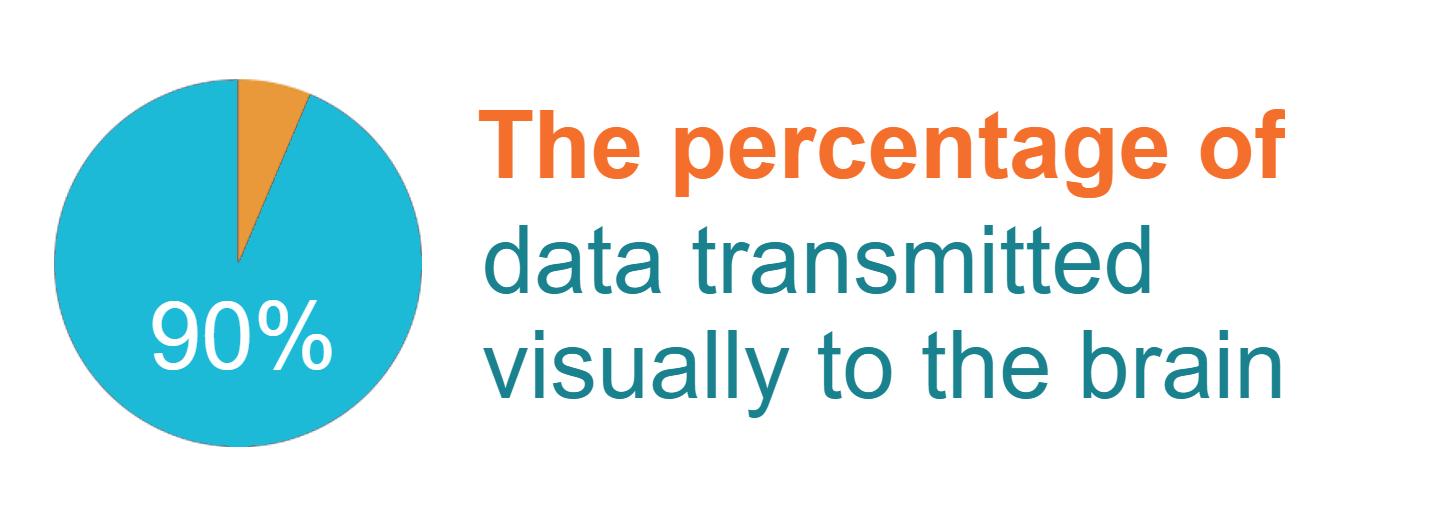
There are over 900 million websites available and over 3.5 billion searches on Google every day.
With too many options and strong competitors around, capturing readers’ attention is definitely not an easy feat.
According to a study conducted by analytics service Chartbeat, around 55% of visitors spend 15 seconds or less on a single webpage.
With these statistics and the overwhelming drop of people’s attention span, good content writing definitely has a role to play.
In order to hold readers’ interest, you need to work on delivering high-quality content writing that stands out. Here are content writing tips that are simple yet definitely effective.
This tip will always be number one. It’s important to get inside your target client’s head. Address their questions and problems and add value to them in order to truly make an impression.
Strive to deliver content that offers in-depth answers to their pressing problems.

Before putting pen to paper, ask the following questions:
Who is the primary audience? Who is the secondary audience who may inform or influence the primary audience?
For instance, you are making a website for your law firm. The primary audience could be the existing clients.
But your secondary audience is a broader scope and may consist of other lawyers, law reporters, or just about anyone who might need your services.
Think about the kind of information they may need the most and cover that. Developing a buyer persona could double your conversions and always pays off.
Your headline will determine whether people are going to read the rest of the article or not. The headline needs to stir emotion, spark interest, and make readers want to learn more about the subject.
Writing a head-turning headline will definitely make a difference. Here are some quick tips for writing head-turning headlines:
Tip: Knowing how to make a good title will surely give you an edge over other content writers out there.
You only have around three seconds to keep the visitors hooked following the headline. A hook is the first one or two sentences of the article.
Whether the reader proceeds reading the rest of the content or not depends on how well you craft the first lines.
Strive to craft a hook that captures their interest well and smoothly leads to your first point.
You may create a hook in the form of a literary quote, a question, an interesting fact, a common misconception, a scene, or a thesis.
However you want to start your article, the most important thing is to carefully choose your words in such a way that every line draws readers in.
You should be knowledgeable about your chosen topic. To strengthen your article, add statistics, metrics, and other key data to demonstrate credibility and thoroughly support your claims.
It’s okay to state your opinions in your content, but make sure that some bold claims are backed by studies and research to give readers a hint that you’re a reliable source.

Also, your article has to be a well-researched, cohesive piece. Focus on one purpose or key message and keep that in mind when writing the whole thing.
Always tie your content back to the main point as much as you can to keep everything coherent and organized.
Your content has to be reader-friendly and easy to follow. Here’s how you can optimize content to make it more scannable and easier to read:
A picture can really be worth a thousand words.
According to research, 90% of the data transmitted to our human brain is visual, and we process visual data 60,000 times faster than mere text.
Thus, incorporating easy-to-read graphs and charts may do better in explaining a difficult topic than just plain text.
If you are not adept in graphic design, you can hire freelance designers to help you out.

Apart from text, you can make use of images, animations, video, and other interactive content.
Using the power of multimedia helps you break your text up and generally makes the piece easier to read. It also makes the output look more engaging.
Using active voice instead of passive helps you specify the subject of each sentence.
Instead of writing “The products can be purchased on our site,” you can just say “You can order these products on our site.”
Rather than saying “the new legislation was enforced by the government”, say “the government enforced the new legislation”.
Using active voice helps you create more reader-friendly and succinct sentences. It also gives readers a sense of direct and more engaging conversation.
The next kind of voice we’re going to talk about is your brand’s voice.
Every piece of content you publish represents your company’s personality. Thus, it’s important to choose a tone that suits your business goals, target audience, and brand persona.
Strive to create memorable and unique content for website pages.
A good webpage always ends with a good call to action.
Is there someone the reader should contact for more information? Do you have an interesting video they must watch? Is there a relevant blog post they can read or a resource they can download?
This part helps you direct your audience to other areas of your website and encourage them to share your content with their family and friends.
Here are some ways you can develop your call to action:
After finishing the first draft, read the content again and see how you can polish it further.
A round or two of proofreading will go a long way.
You may use software applications like Grammarly to ensure that there are no basic spelling and grammar errors in the final copy.
Here are other tips to proofread your content better:
This should be number one, but the bottom line is: no matter how well you follow the tips above, if you don’t try to think like a search engine, your content might not receive the level of exposure and number of readers it deserves.
You need to mind search engine optimization, or else, little to no people will find your hard work.
Go back to thinking of your audience. What search terms will they probably type into Google to discover your content?
Include those terms in the headlines, sub-headers, and all over your piece.
Learn the best keyword research practices and naturally use your keywords to avoid messing up the flow.
The tips above are just some of the simple yet effective ways on how to do content writing the right way.
Continue exploring the many ways you can improve, and you’ll definitely enjoy more exposure and organic traffic in no time.